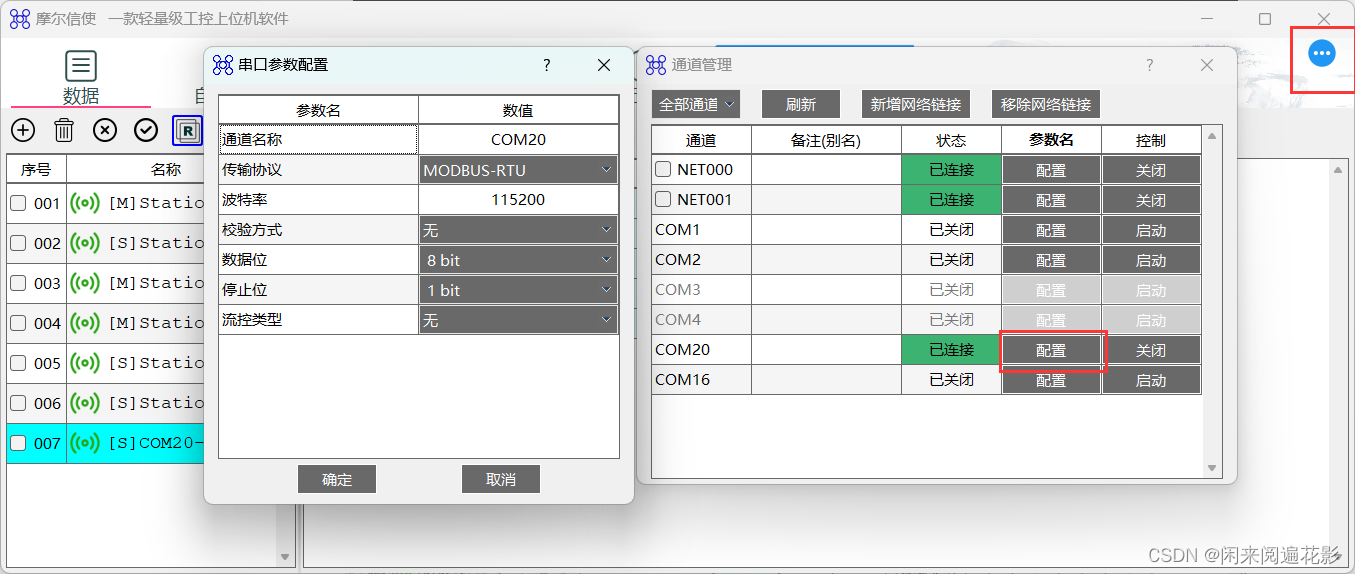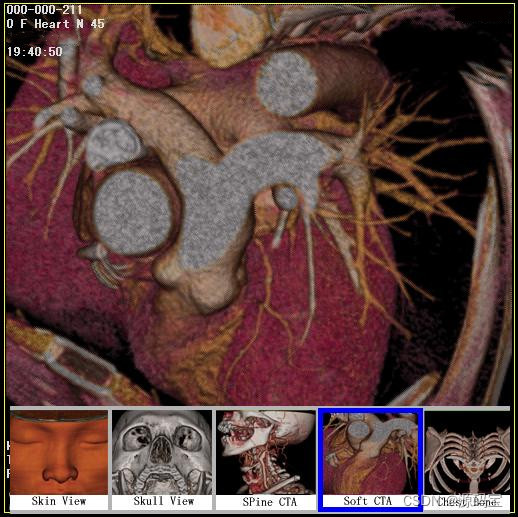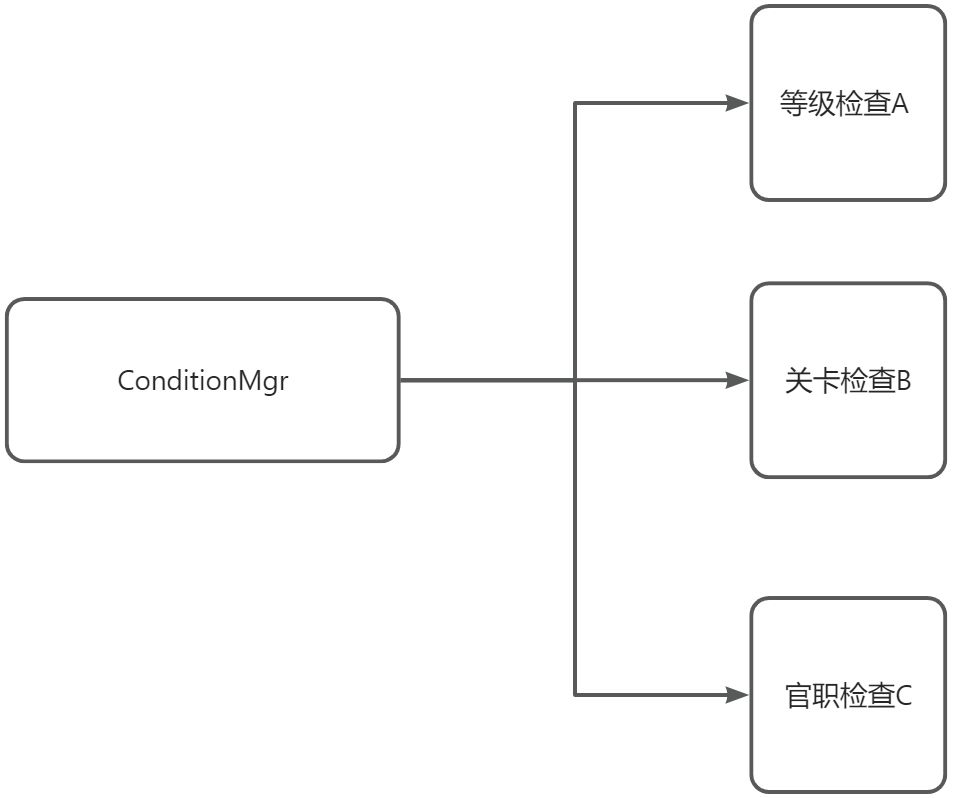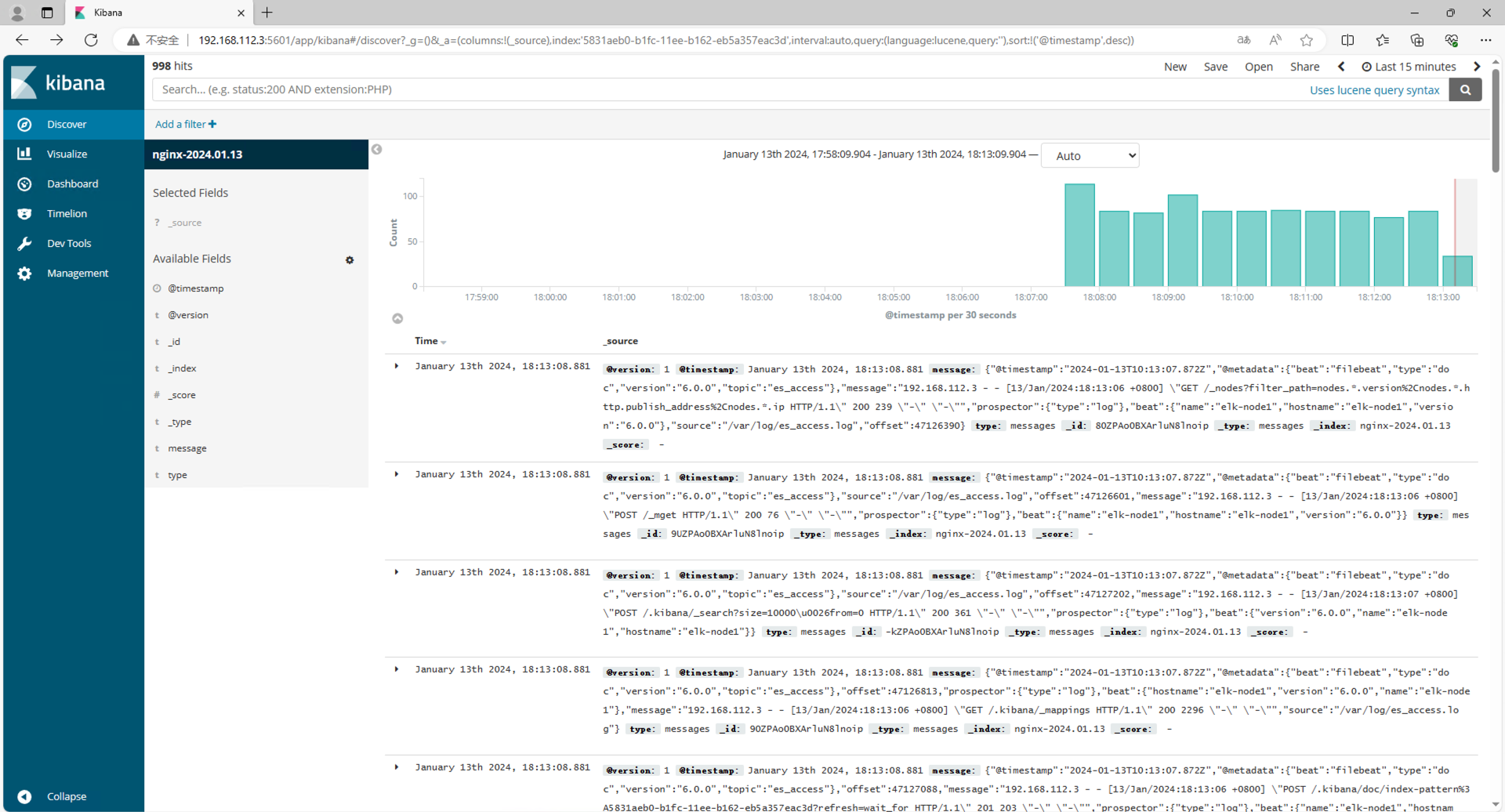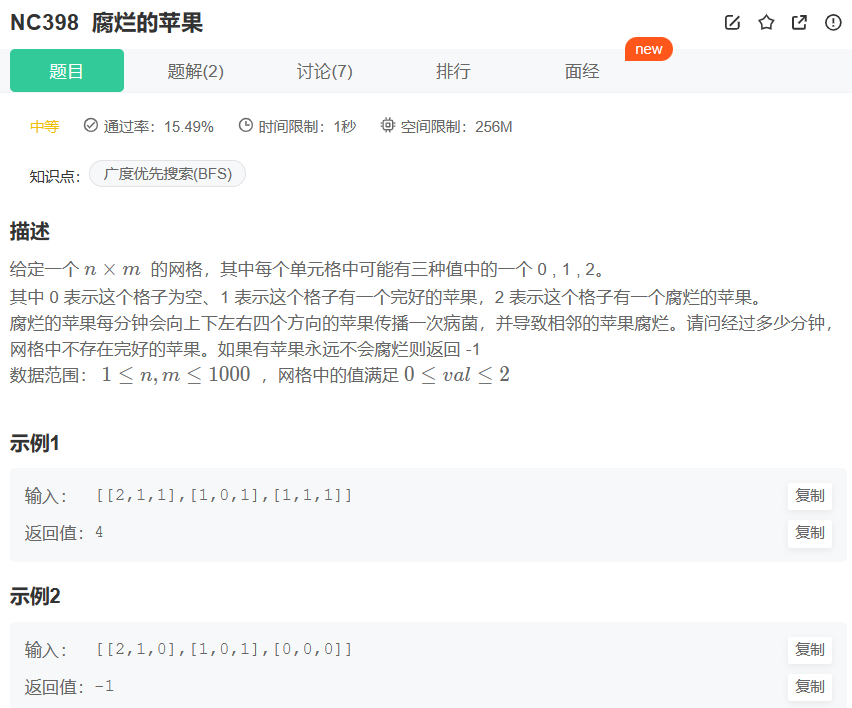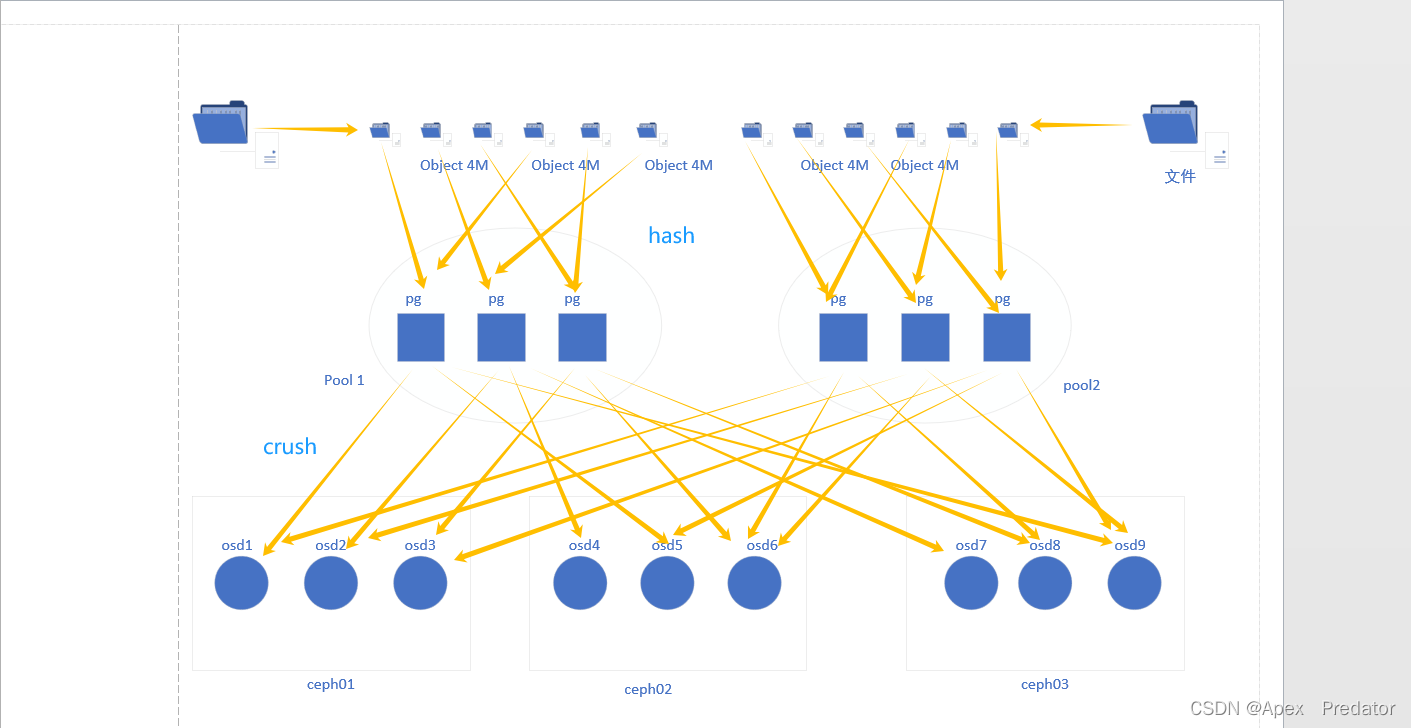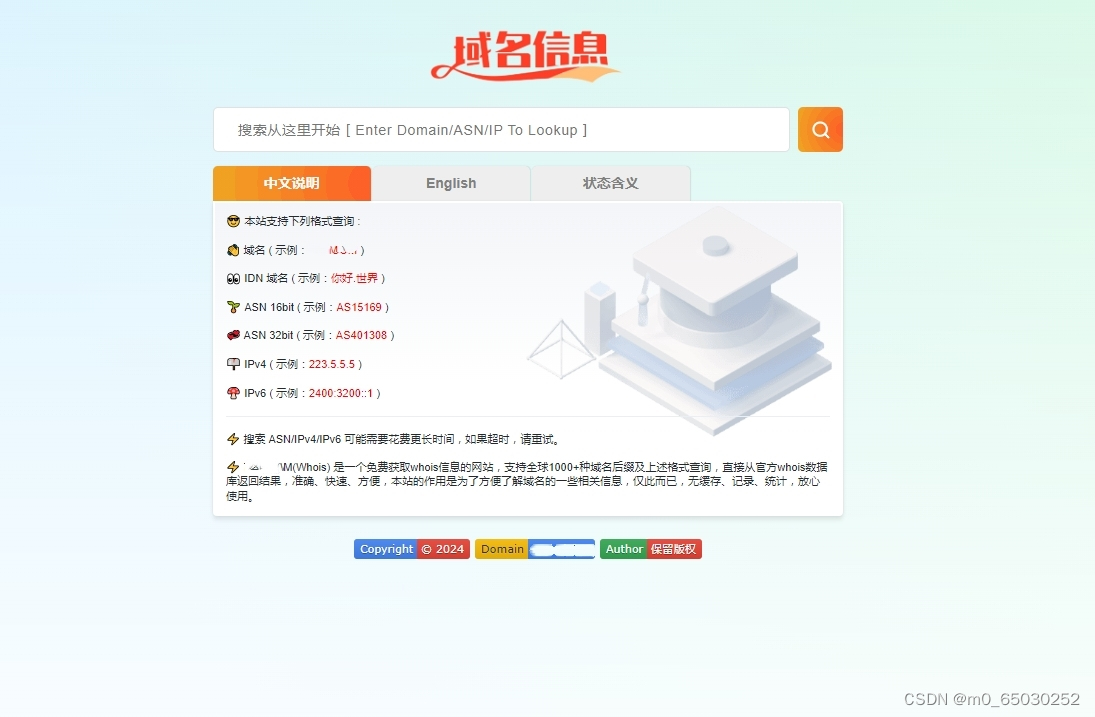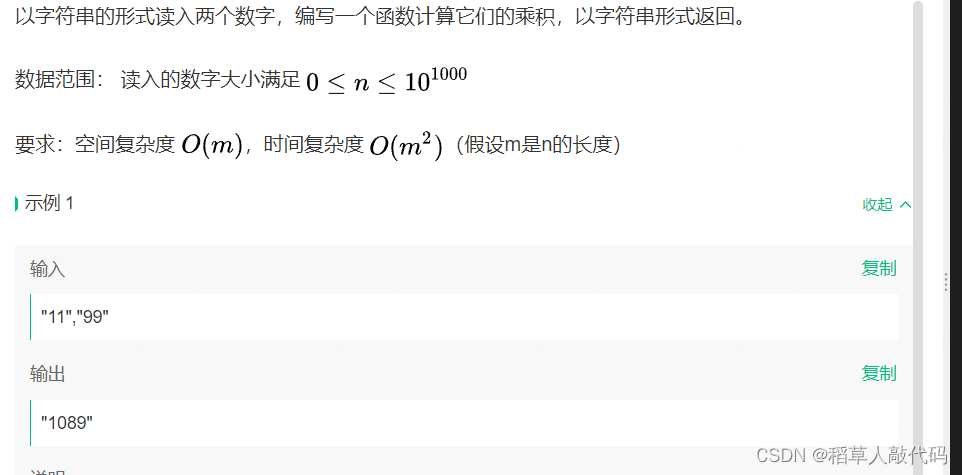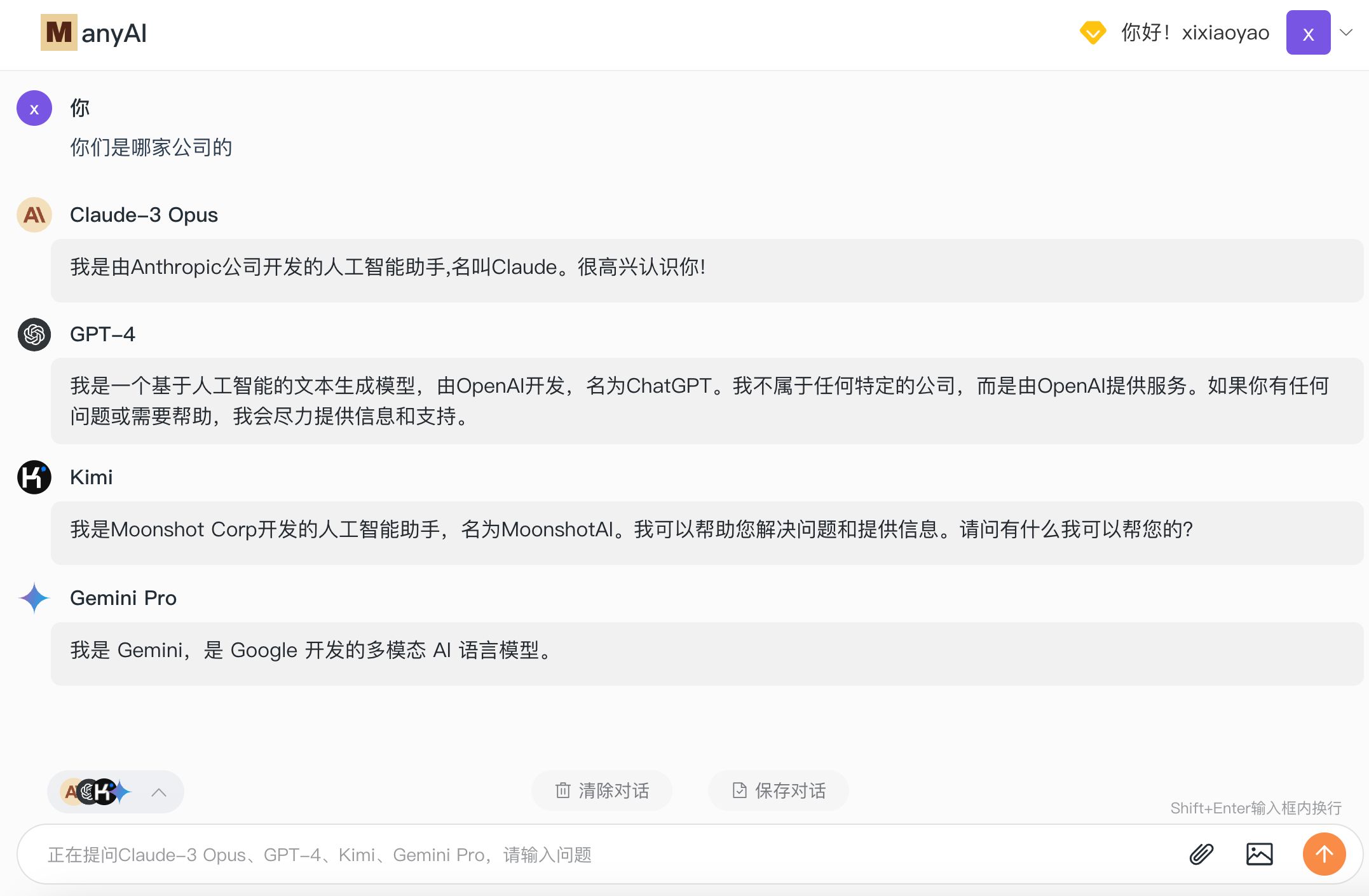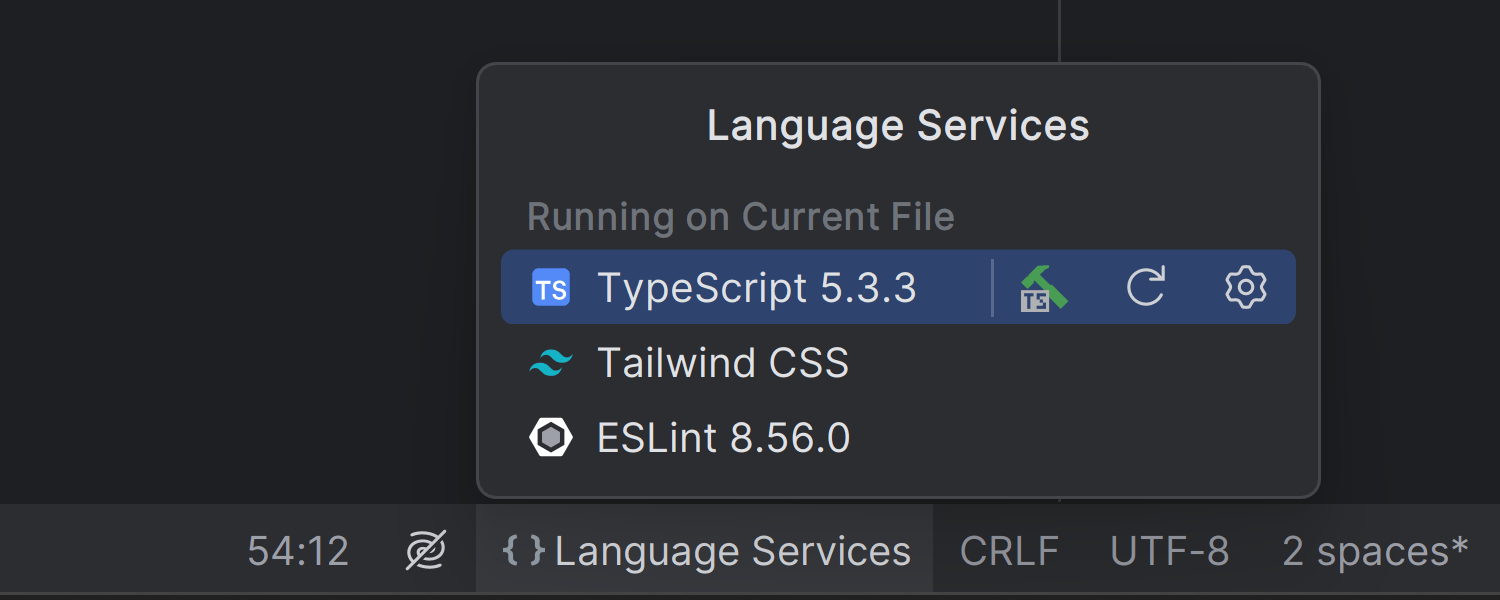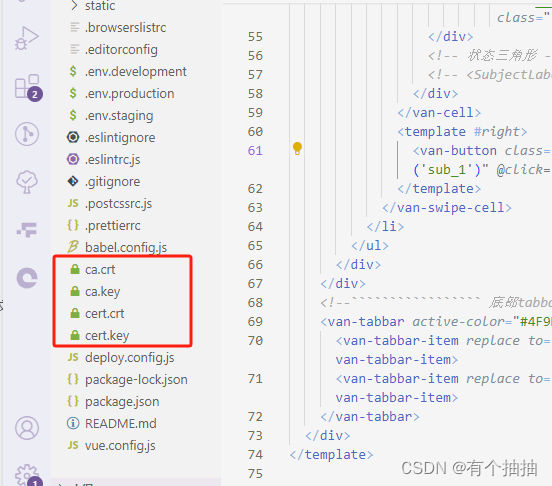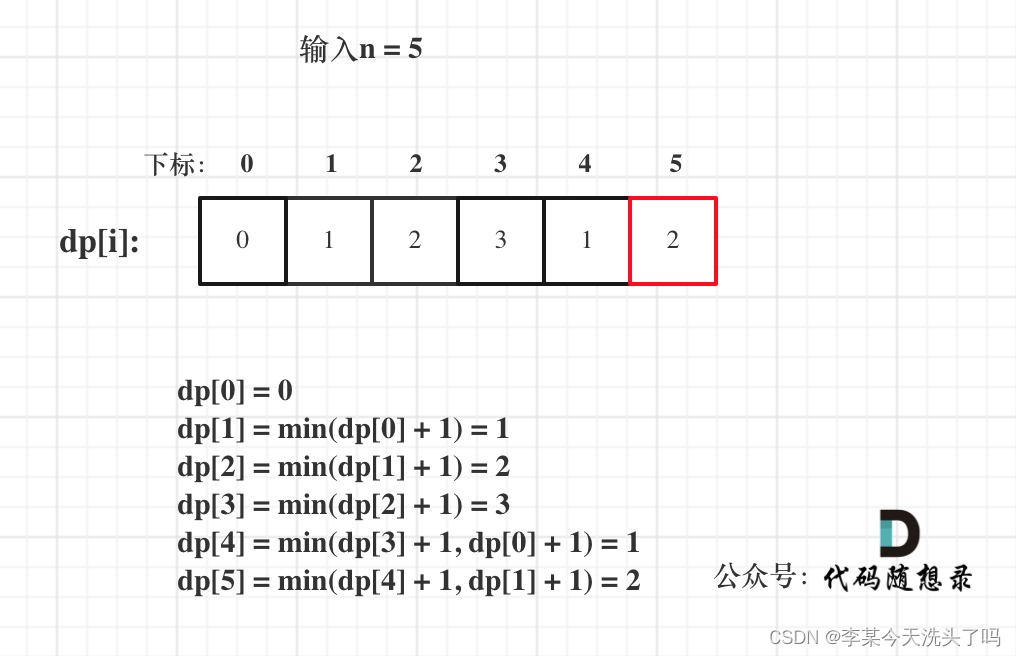// 预处理导航数据
filterMenuFun (arr, uuids = []) {
// uuids 用来有级嵌套导航时,子集acitve时父级也有acitve样式
arr.forEach(item => {
item.uuids = [item.uuid, ...uuids];
item.children && this.filterMenuFun(item.children, item.uuids)
});
return arr;
},让我们逐行解析这个函数:
-
filterMenuFun (arr, uuids = []) {- 定义一个名为
filterMenuFun的函数,它接受两个参数:arr(一个数组)和uuids(一个默认为空数组的UUIDs列表)。
- 定义一个名为
-
arr.forEach(item => {- 使用
forEach方法遍历arr数组中的每一个item。
- 使用
-
item.uuids = [item.uuid, ...uuids];- 将
item的uuids属性设置为一个数组,其中第一个元素是item的uuid,然后是将uuids数组中的所有元素展开。这实际上是将item的uuid添加到uuids列表的开头。
- 将
-
item.children && this.filterMenuFun(item.children, item.uuids)- 检查
item是否有children属性。如果有,则递归地调用filterMenuFun函数,处理item.children数组,并将item.uuids作为第二个参数传递。这意味着子级菜单将继承其父级菜单的uuids列表。
- 检查
-
});- 结束
forEach循环。
- 结束
-
return arr;- 返回处理后的
arr数组。
- 返回处理后的
-
},- 结束函数定义。
使用场景:
这个函数可能用于处理一个嵌套的导航菜单数据结构。例如,在一个多级导航菜单中,你可能想要当用户选择某个子菜单项时,不仅使该子菜单项处于活动状态,还使其父级菜单也处于活动状态。通过为每个菜单项添加一个uuids属性,你可以轻松地确定哪些菜单项应该被标记为活动状态。
示例:
假设你有以下数据结构:
javascriptconst navData = [
{
uuid: '1',
name: '菜单1',
children: [
{
uuid: '1-1',
name: '子菜单1-1',
},
{
uuid: '1-2',
name: '子菜单1-2',
children: [
{
uuid: '1-2-1',
name: '子子菜单1-2-1',
}
]
}
]
},
{
uuid: '2',
name: '菜单2',
}
];调用filterMenuFun(navData, ['1-2-1'])后,navData将变为:
javascript[
{
uuid: '1',
name: '菜单1',
uuids: ['1', '1-2', '1-2-1'],
children: [
{
uuid: '1-1',
name: '子菜单1-1',
uuids: ['1-1'],
},
{
uuid: '1-2',
name: '子菜单1-2',
uuids: ['1-2', '1-2-1'],
children: [
{
uuid: '1-2-1',
name: '子子菜单1-2-1',
uuids: ['1-2-1'],
}
]
}
]
},
{
uuid: '2',
name: '菜单2',
uuids: ['2'],
}
];现在,你可以很容易地检查哪个菜单项(或它的任何父级菜单项)的uuids列表包含某个特定的UUID,从而确定哪些菜单项应该被标记为活动状态。
效果: 父子同时高亮


